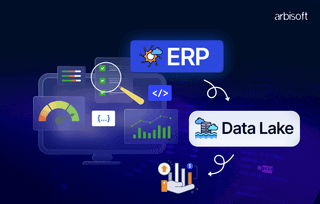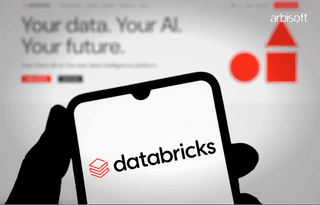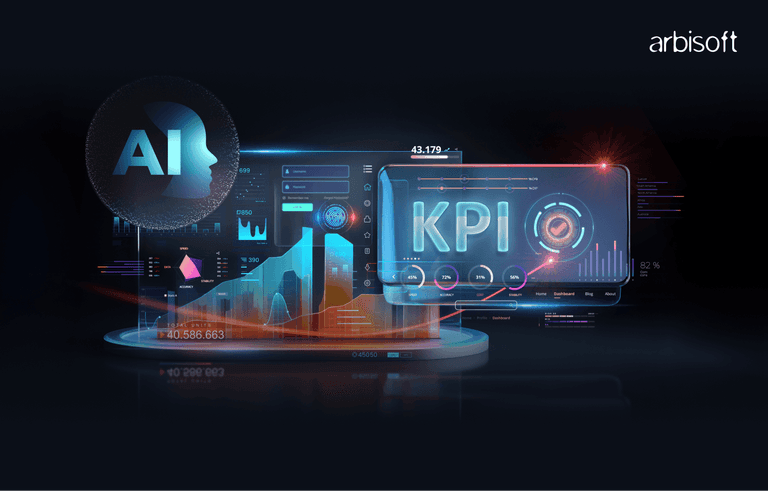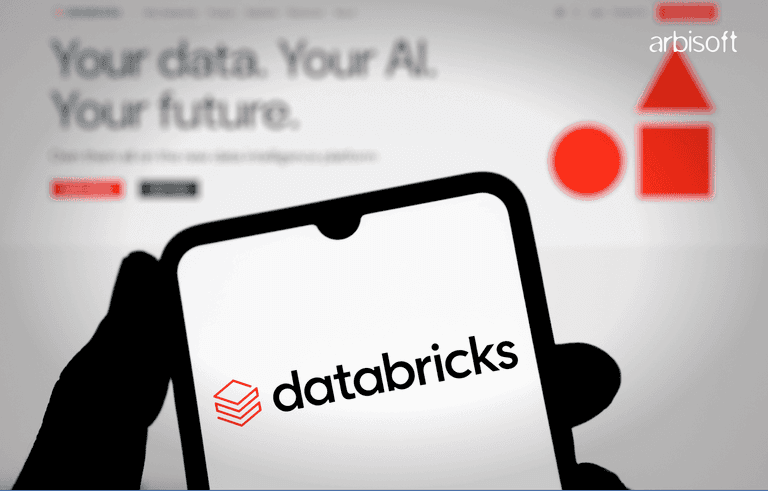We put excellence, value and quality above all - and it shows




A Technology Partnership That Goes Beyond Code

“Arbisoft has been my most trusted technology partner for now over 15 years. Arbisoft has very unique methods of recruiting and training, and the results demonstrate that. They have great teams, great positive attitudes and great communication.”
Compliance and Governance in Cloud Computing: Navigating Global Regulations

As organizations rush to adopt cloud technologies, there's a growing realization: cloud transformation isn’t just about scalability and flexibility, it’s also about staying compliant and maintaining strong governance. Cloud platforms are designed to be dynamic and decentralized. While this flexibility supports innovation, it also brings challenges when dealing with regulations and policies, especially across different regions.
Let’s explore what compliance and governance mean in the cloud, why they are important, and how businesses around the world are managing the challenge of global regulations.
What Do Compliance and Governance Mean in Cloud Computing?
Before diving into best practices and global laws, it’s important to understand what these two terms really mean in the context of cloud computing.
Compliance
Compliance in cloud computing means meeting legal, regulatory, and policy requirements related to how data is stored, accessed, and processed. These rules vary by country (like GDPR in the EU), by state (like CCPA in California), or by industry (such as HIPAA for healthcare or PCI-DSS for payment systems).
Governance
Cloud governance involves setting up rules, roles, and practices to manage cloud resources responsibly. It covers areas like security, cost control, and compliance. Good governance helps prevent data leaks, reduce unauthorized tool usage (shadow IT), and ensure cloud services support business goals.
In Simple Words: Compliance is about knowing what rules you must follow, while governance ensures you follow them properly.

The Importance of Cloud Compliance and Governance
Understanding their importance helps us see why these concepts should be a priority, not an afterthought, in your cloud strategy.
The risks of ignoring compliance or having weak governance are serious. They can lead to data breaches, large fines, lawsuits, and damage to your company’s reputation. Here are key reasons why strong compliance and governance are essential:
1. Legal Obligations
Businesses must follow data privacy laws that apply to them. Failing to meet these requirements can result in major penalties.
Example: In 2021, Amazon was fined €746 million by Luxembourg’s data protection authority for alleged violations of GDPR related to its advertising practices.
2. Data Sovereignty
Countries often have rules about where data can be stored and who can access it.
Example: In Australia, the Privacy Act requires companies to make sure personal information isn't transferred overseas without proper safeguards. Companies like Salesforce and Microsoft built local data centers to follow these rules.
3. Security and Risk Reduction
Weak governance often leads to misconfigurations, a common cause of data breaches.
Example: In 2019, Capital One had a data breach that affected over 100 million people. A misconfigured AWS firewall and excessive permissions allowed a hacker to exploit a known vulnerability. This incident showed how important governance tools like Identity and Access Management (IAM) are.
Key Global Regulations and Their Cloud Impact
Now that we understand the “why,” let’s look at the “what”, the key data privacy laws shaping cloud compliance across different regions.
GDPR – European Union
Covers all companies handling data of EU citizens.
- Requires clear consent, data transfer rights, deletion rights, and fast breach reporting (within 72 hours).
- Cloud providers are considered data processors and must protect data by design.
- Real-World Example: Dropbox upgraded its European systems, updated its Data Processing Agreement, and added tools to help users respond to data access requests (DSARs).
HIPAA – United States
Covers sensitive health information (PHI).
- Applies to cloud vendors if they handle PHI for healthcare clients.
- Example: Google Cloud Platform offers HIPAA-compliant services, signs Business Associate Agreements (BAAs), and provides secure tools like Cloud Healthcare API for managing PHI securely.
PIPL – China
China’s equivalent of GDPR.
- Requires user consent, minimal data collection, and restricts cross-border data transfers.
- Example: Apple partnered with local provider Guizhou-Cloud Big Data to store iCloud data in China, aligning with PIPL rules.
CCPA – California, USA
Gives California residents more control over their data.
- Requires companies to explain data use, give access, and allow users to opt out of data sales.
- Example: LinkedIn revised its privacy policies and added more user controls after CCPA took effect.
Proven Tactics for Managing Compliance and Governance in Cloud Platforms
Understanding the challenges is one thing, acting on them is another. Here are tried-and-tested tactics companies are using to build compliance and governance into their cloud operations.
1. Know Your Responsibilities
Understand your role in the Shared Responsibility Model. For example, AWS protects the cloud infrastructure, but you are responsible for protecting your data and configurations.
2. Choose the Right Cloud Provider
Look for providers with:
- Compliance certifications (like ISO 27001, SOC 2, FedRAMP)
- Options for where data is stored
- Support for encryption and key management
Example: Microsoft Azure offers over 100 compliance certifications, making it one of the most compliant cloud platforms.
3. Control Access with IAM
- Use Role-Based Access Control (RBAC)
- Enforce Multi-Factor Authentication (MFA)
- Regularly check and remove unused access rights
Example: After its breach, Capital One tightened its IAM policies and used AWS IAM Access Analyzer to monitor permissions.
4. Encrypt Everything
- Use TLS to protect data in transit
- Encrypt data at rest using built-in tools like AWS KMS, Azure Key Vault, or Google Cloud KMS
5. Automate Compliance Monitoring
Manual tracking doesn’t scale. Automation tools can help identify issues before they become serious problems.
- AWS Config Rules
- Azure Policy
- Prisma Cloud or Wiz for visibility across multiple cloud platforms
Example: Netflix uses an open-source tool called Security Monkey to monitor AWS for changes and errors, helping ensure compliance.
6. Keep Audit Trails
Track all cloud activity. Store logs in systems that can’t be altered and connect them to tools like Splunk or AWS CloudTrail for alerts.
7. Train Your Team
Even with strong tools, human mistakes can cause problems. Regular training helps employees understand their compliance and security responsibilities.
Example: IBM runs internal bootcamps for teams handling sensitive data, focusing on secure coding and audit readiness.
How AI and Automation Are Shaping Modern Cloud Governance
Let’s look at where the future is headed. Automation and AI are playing an increasingly important role in governance.
Many businesses are now using AI and machine learning to:
- Spot unusual behavior
- Automatically apply security policies
- Recommend improvements for cost and performance
Example: Google Cloud’s Chronicle uses machine learning to detect security threats in large datasets and offers automated response suggestions.
Future Outlook
As cloud usage continues to grow, so will the complexity of staying compliant. Here’s what to expect in the coming years.
Stricter regulations are expected as cloud use grows and concerns over privacy increase. Upcoming trends may include:
- AI Regulation: Rules about how AI handles data
- Sustainability Rules: Governments may monitor the environmental impact of cloud use
- Stronger Local Laws: Regulations like GDPR and PIPL may inspire new rules in other countries
Final Thoughts
Compliance and governance in the cloud are not just legal checklists, they’re essential for building secure, reliable systems. The global regulatory environment is becoming more complex, and companies must adapt.
The good news is that with the right knowledge, tools, automation, and a strong culture of accountability, managing compliance is possible. Big names like Amazon, Microsoft, and Netflix have done it, and smaller companies can too with the right steps.
In the cloud, governance isn’t a burden, it’s your guide.
























